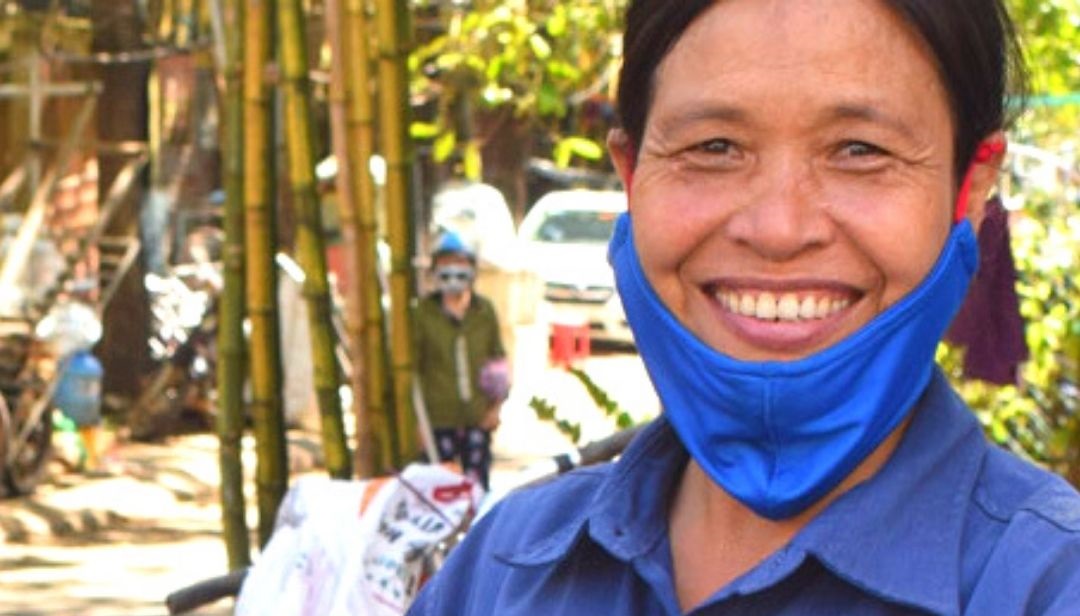OPTOCE Project
Situation
Vietnam is currently one of the countries with the highest amount of plastic consumption in daily life in the world. According to statistics of the Ministry of Natural Resources and Environment, each year, Vietnam discharges 1.8 million tons of plastic waste into the environment, of which 0.28 million – 0.73 million tons are discharged into the sea (ie accounting for about approx. 6% of the world’s total marine plastic waste). In Hanoi and Ho Chi Minh City alone, about 80 tons of plastic and nylon are discharged into the environment every day. The treatment and recycling of plastic waste in Vietnam is still weak with outdated technology and many limitations when up to 90% of plastic waste is treated by burying, incinerating and only 10% is is recycled.
Challenge and intervention
The Ocean Plastic Turned into an Opportunity in Circular Economy (OPTOCE), which is a project funded by the Norwegian Government, aims at reducing plastic waste in the ocean and the industrial use of coal. This project promotes co-processing and has piloted in Vietnam with Lee & Man Paper Plant in Can Tho City and INSEE Cement Plant in Hon Chong, Kien Giang Province. Lee & Man’s raw paper is mainly imported from countries in the region. After processing raw paper, a large amount of non-recyclable plastic will be filtered and sent to INSEE. The plastics then are mixed with other solid wastes and fed to cement kilns for burning. As some plastics have an even higher energy content than coal, this co-processing saves cost and help to treat low quality plastic waste safely. The emissions of incineration of these waste plastics are not regulated at this moment, which might result in high emissions to the environment or to suspending the project as the reaction of the competent authority is unpredictable.
Image: http://photocompetition.undp.org.vn/images/images/original/_dsc8070_1620964205.jpg
Lessons learned
The co-processing model is beneficial only if the burning is safe and the gas emission is monitored carefully. The government should set a standard for adopting and operating this technology. Besides setting the operational standards a thorough consideration should be made on which materials should be recycled and which materials should be incinerated. Pushing materials towards incineration might result in less recycling, which might be more harmful to the environment.












